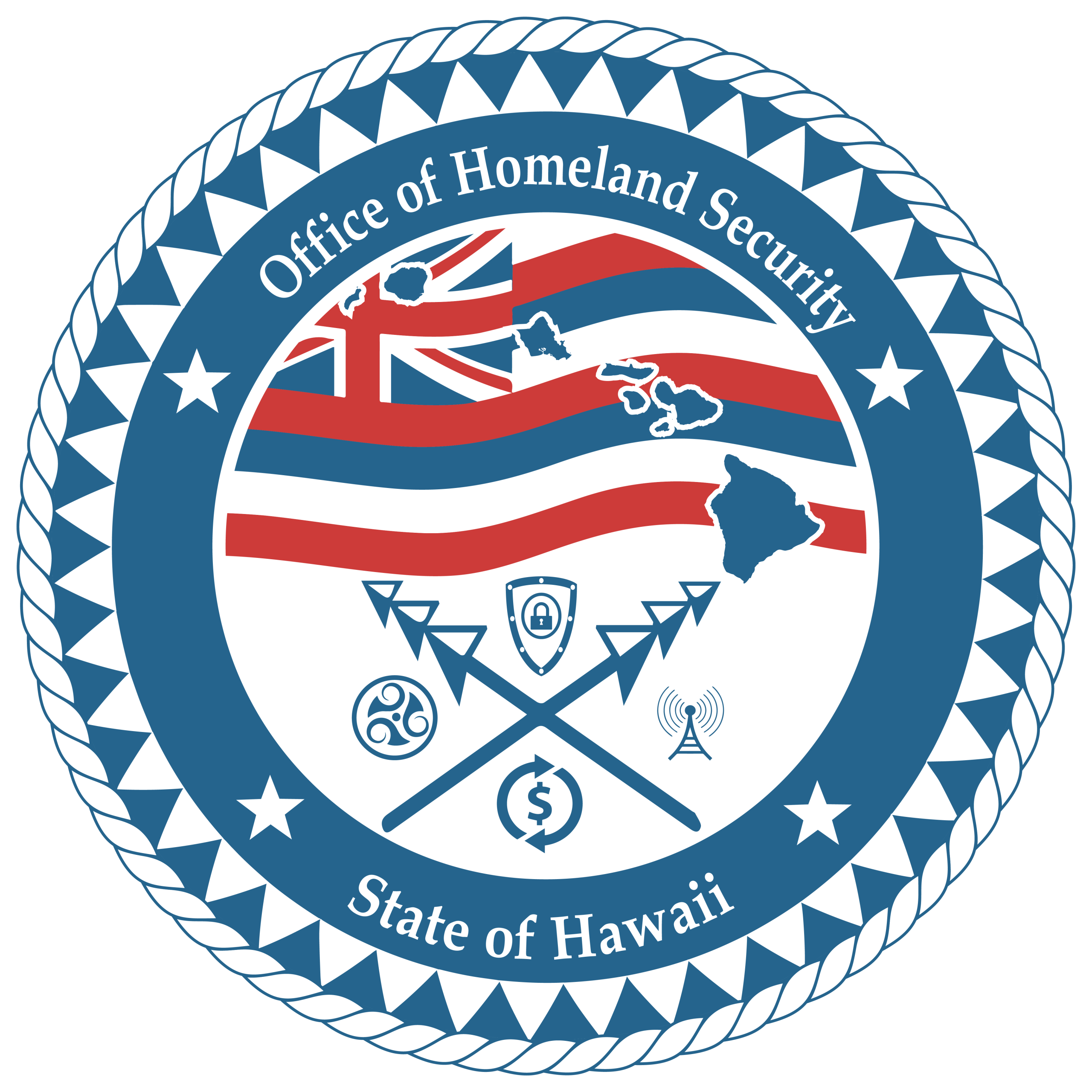Critical Infrastructure
What is Critical Infrastructure?
Critical Infrastructure are those assets, systems, and networks that provide functions necessary for our way of life. There are 16 critical infrastructure sectors that are part of a complex, interconnected ecosystem and any threat to these sectors could have potentially debilitating national security, economic, and public health or safety consequences.1
State Critical Infrastructure Security and Resilience Program

Reliable and uninterrupted functioning of our state’s critical infrastructure is a foundation of our communities. Defined by the Critical Infrastructure Protection Act of 2001 and reiterated in The National Infrastructure Protection Plan (NIPP), critical infrastructure is “Systems and assets, whether physical or virtual, so vital to the United States that the incapacity or destruction of such systems and assets would have a debilitating impact on security, national economic security, national public health or safety, or any combination of those matters.”
The Office of Homeland Security (OHS) is committed to its mission to “Resolutely safeguard the people of Hawaiʻi, our community values, and our homeland,” to include through the Hawaiʻi State Critical Infrastructure Security and Resilience Program. This program prioritizes open communication and partner-to-partner collaboration with critical infrastructure entities and stakeholders at all levels to advance, strengthen, and maintain secure, functioning, and resilient critical infrastructure.
Using a holistic approach to risk management and vulnerability mitigation, the Hawaiʻi State Critical Infrastructure Security and Resilience Program provides critical infrastructure entities and stakeholders with guidance, resources, and opportunities for:
- Planning partnerships to enhance sector-specific and cross-sector security and resiliency;
- Securing and protecting soft targets and crowded places through targeted mitigation and risk management approaches;
- Preventing terrorism and targeted violence utilizing proactive measures that enhance protective capabilities and capacity;
- Collaborating and coordinating to enhance asset protection, improve communications, and increase situational awareness; and
- Resourcing risk/vulnerability assessments, protective actions, and security investments through relevant Federal Grant Programs.
